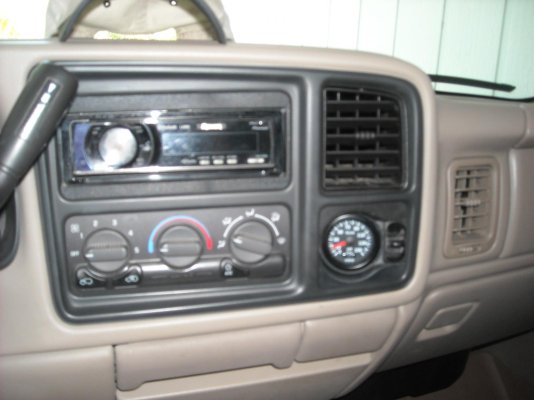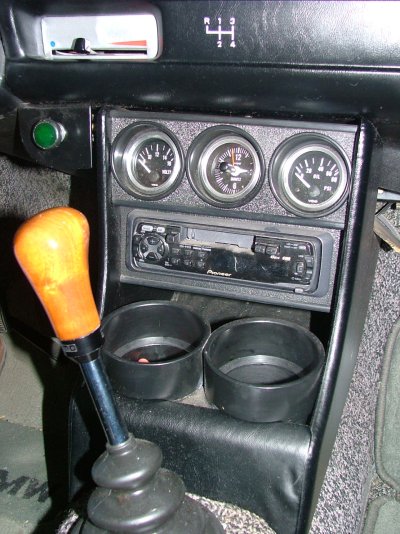oldcarguy
Senior Member
Tired of having to lie on the ground on my stomach to reach up under the skirting to connect the tank drain hose and operate the valves, but don't want to change the trailer's appearance by removing a section of skirting.
Thinking perhaps the best means of improving access to the black/gray tank drain connection and valves may be to modify the skirting by reinforcing the ABS skirting material and fabricating a hinged swing-up panel in the area that covers the valves.
Anybody made an access modification they've found works well but doesn't change the trailer's exterior appearance?
Thinking perhaps the best means of improving access to the black/gray tank drain connection and valves may be to modify the skirting by reinforcing the ABS skirting material and fabricating a hinged swing-up panel in the area that covers the valves.
Anybody made an access modification they've found works well but doesn't change the trailer's exterior appearance?




